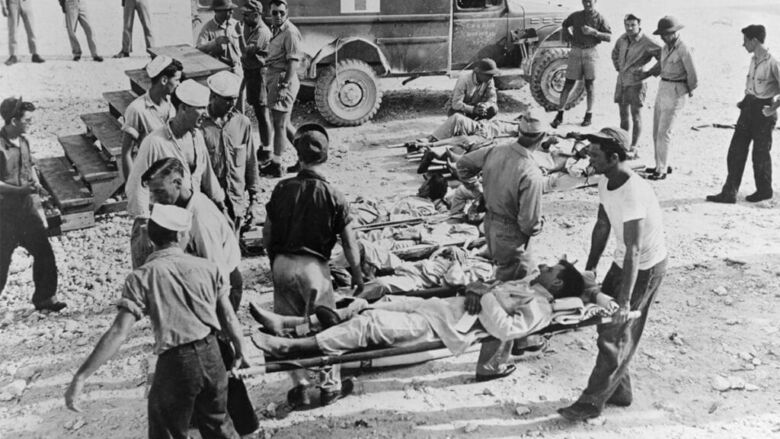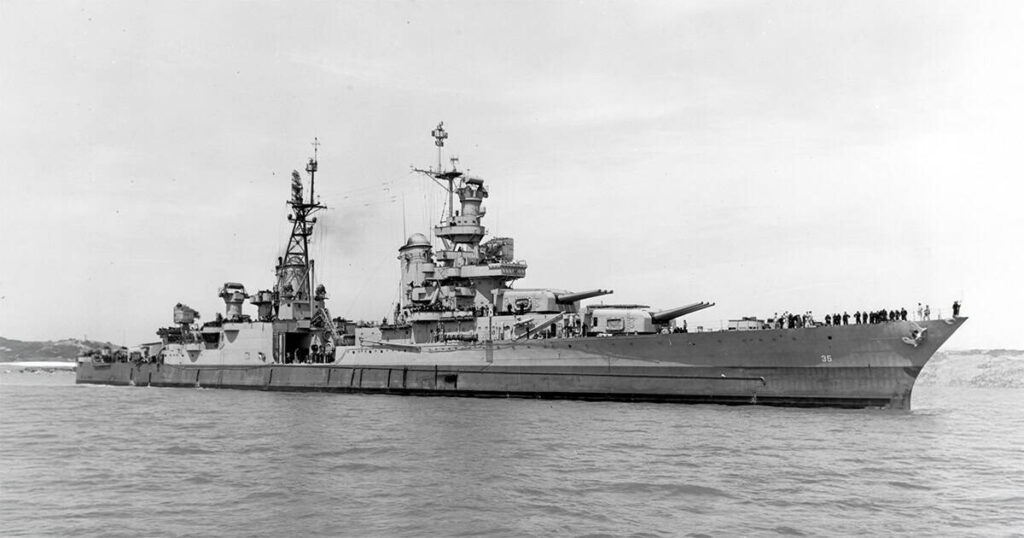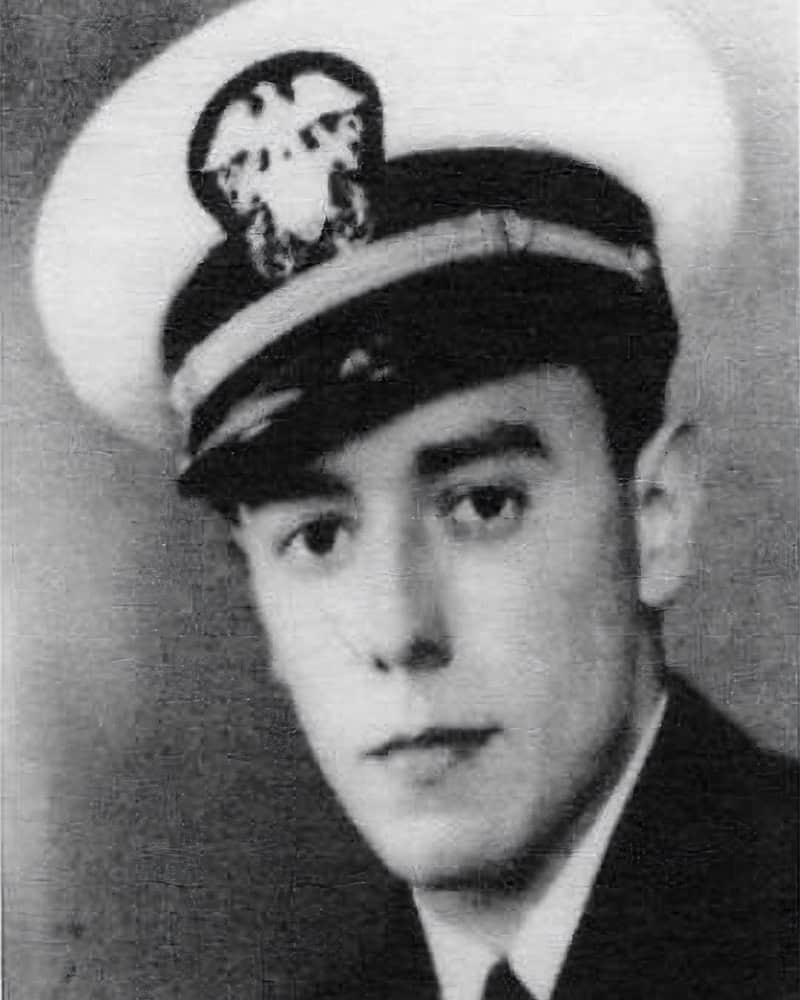Greek Gust Constantine Katsikas among 316 Survivors of the USS Indianapolis (1945)

“For nearly four days, no one knew the ship was missing.”
On July 30, 1945, the USS Indianapolis slipped beneath the surface of the Pacific Ocean (photo below).

The ship had completed a top-secret delivery just days earlier and was en route to the Philippines when Japanese torpedoes struck. It sank in 12 minutes. Of the 1,195 crew members and one passenger on board, only 316 survived.
Earlier that month, the Indianapolis had delivered components of the atomic bomb “Little Boy” to Tinian Island, completing its mission by July 26. Four days later, during a routine transit to Leyte Gulf, the ship was attacked by submarine I-58 and lost in the Philippine Sea.
After the torpedoes hit, crew members attempted to send distress signals, but the ship’s electrical systems were badly damaged. To this day, it remains unclear whether any signals were successfully transmitted. The ship’s failure to arrive on schedule was not flagged, and no search was launched. For nearly four full days, close to 900 men drifted in open water with no food, no fresh water, and no rescue in sight.
Among those who survived was a young Greek-American sailor named Gust Constantine Katsikas, known to his fellow crew members as Gus Kay (photo below).

He was born on November 5, 1926, in Chicago, Illinois, to Lucas John Katsikas, a Greek immigrant. Like many young men of his generation, Gust enlisted in the U.S. Navy while still a teenager. He held the rank of Seaman First Class. His name appears on the official Navy survivor roster, marked with an asterisk to denote survival. Behind that simple mark is a powerful story of endurance.
For nearly four days, he floated in open water alongside hundreds of others. There were no lifeboats. No food. No fresh water. Just the burning sun during the day, freezing temperatures at night, and the constant threat of sharks. By the time rescue planes arrived, more than 500 men had died not from the torpedoes, but from dehydration, exposure, and shark attacks.
He survived.
After the war, Katsikas returned to Illinois and lived in Elmwood Park, a suburb of Chicago. He died on May 27, 2007, at 80. His name is inscribed on the U.S.S. Indianapolis National Memorial in Indianapolis, Indiana, as a permanent tribute to his service. His obituary appeared in the Chicago Tribune on May 29, 2007, listed under the name Gus C. “Katsikas” Kay, reflecting both his Greek roots and his American identity.
While it is possible that other men of Greek descent were aboard the Indianapolis, Gust Katsikas is the only one whose name clearly reflects Greek heritage. His presence reminds us that Greek Americans stood alongside their fellow servicemen during some of the most difficult moments of the war.
The sinking of the Indianapolis remains the deadliest disaster at sea in U.S. Navy history that was not caused by direct combat. For decades, the story was nearly forgotten. Survivors like Katsikas helped change that. They shared their experiences so the world would remember what happened in those final days of the war.
The Indianapolis had passed LST-779 just hours before it sank, making that tank landing ship the last American vessel to see her afloat. That final sighting, later confirmed through deck logs and survivor testimony, allowed historians to reevaluate the ship’s location when it was lost. For years, the Navy relied on a position estimate based on Captain McVay’s account after his rescue. But research by the Naval History and Heritage Command suggests the Indianapolis was ahead of schedule and slightly south of its assigned route. This may explain why the survivors drifted undetected for so long, and why early search efforts failed to locate the wreck.
Today, we honor Gust Constantine Katsikas and the men who survived alongside him, as well as those who were lost. Their courage, suffering, and endurance remain part of one of the most tragic chapters in naval history. Their stories remind us of the quiet strength carried by those who came before, and the names that must not be forgotten.
If you want to explore the topic further, the Naval History and Heritage Command offers the book A Grave Misfortune: The USS Indianapolis Tragedy by Richard Hulver, with associate editor Peter C. Luebke. Published in 2018 as part of the Contributions to Naval History series (No. 7), ISBN 978‑1‑943604‑27‑2, the book includes primary source documents, deck-log analysis, accounts of rescue operations, and examinations of the investigations and commemoration efforts that followed.
Central Photo: Survivors of the USS Indianapolis en route to a hospital after their rescue, early August 1945. The ambulance in the background is marked U.S.N. Base Hospital No. 20, Peleliu. Credit: Official U.S. Navy Photograph. National Archives, released August 14, 1945.
Source: https://cosmosphilly.com/greek-survivor-uss-indianapolis-1945/










Σχόλια Facebook